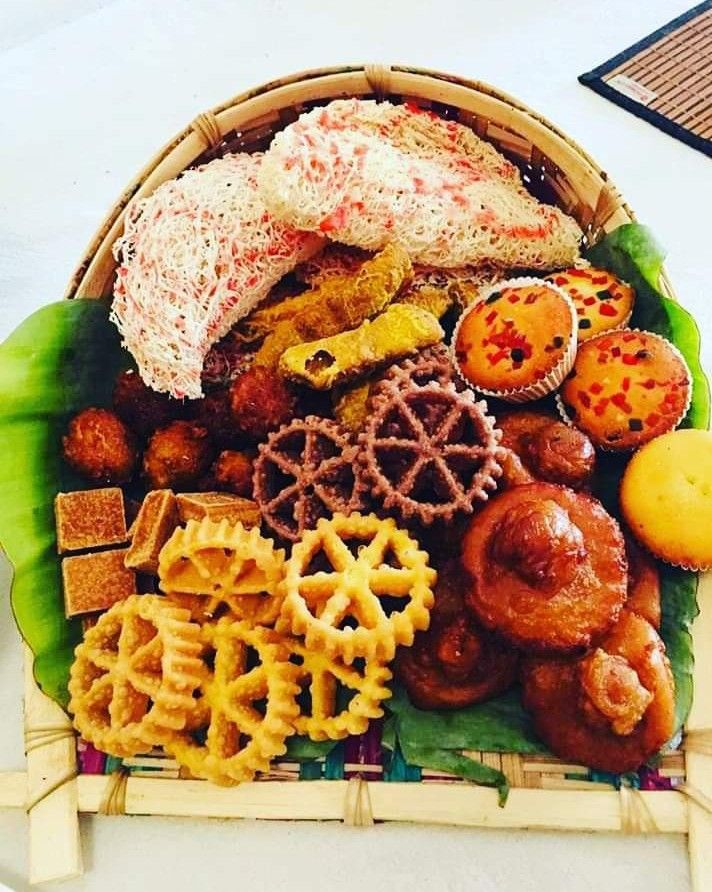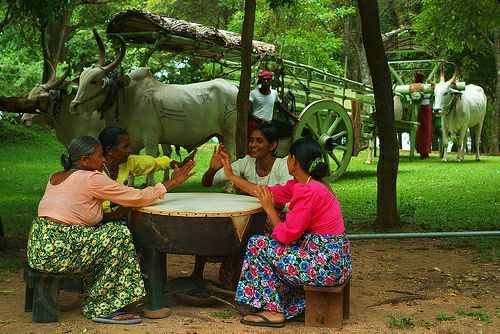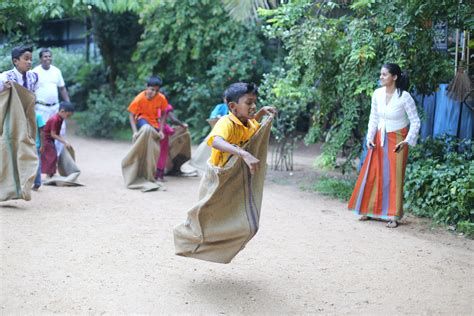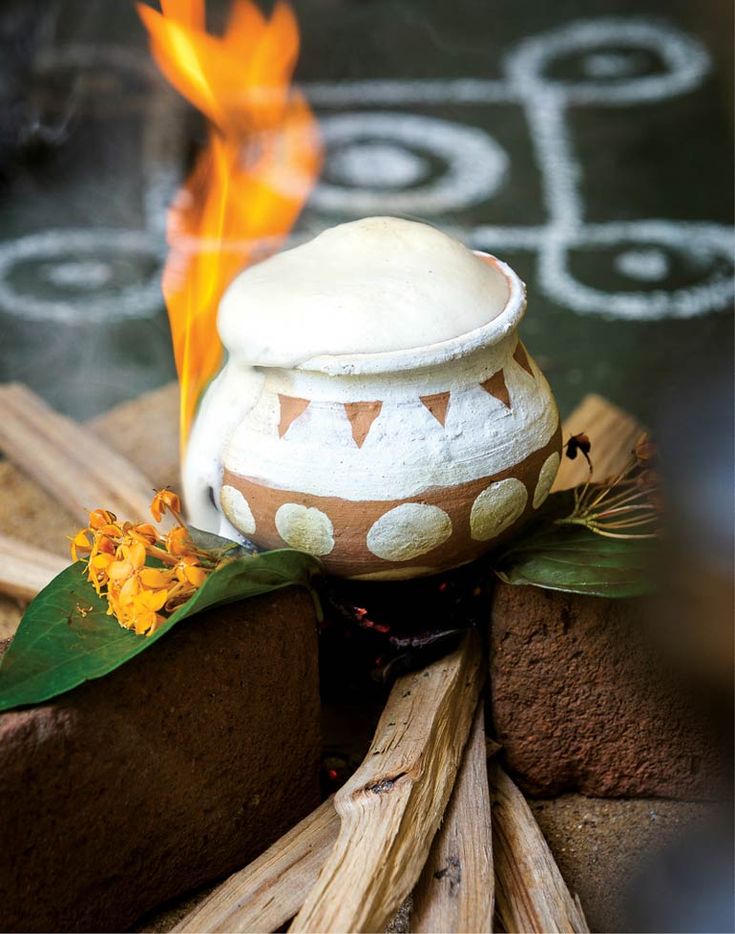Let’s delve into a comprehensive guide to the Sinhalese New Year, affectionately known as Aluth Avurudda, a time-honored celebration deeply embedded in the cultural fabric of Sri Lanka. As we embark on this journey, we invite you to immerse yourself in the richness of tradition, the warmth of community, and the flavors of festivity that define this joyous occasion.
Rituals and Customs
Aluth Avurudda heralds the dawn of a new year, symbolizing renewal, prosperity, and harmony. The festivities commence with the sighting of the new moon, typically falling in mid-April, heralding the transition to the traditional Sinhala New Year. As families eagerly anticipate the auspicious moment, preparations for the celebration are set in motion.
One of the most cherished customs is the cleaning of homes and surroundings, symbolizing the purging of the old and welcoming the new year with a fresh start. Intricate kolam designs adorning doorsteps and courtyards add a touch of artistic flair, while the sound of firecrackers fills the air, signifying the jubilant spirit of the occasion.
The lighting of the hearth, or “Nakath Deviyo,” holds significant importance, as it marks the exact transition from the old year to the new . Families gather around the hearth to witness this auspicious moment, offering prayers and seeking blessings for prosperity and good fortune in the year ahead.
Food and Festivals
No celebration of Aluth Avurudda would be complete without indulging in an array of traditional delicacies that tantalize the taste buds and evoke a sense of nostalgia. From aromatic kiribath (milk rice) served with lunu miris (spicy onion sambol) to delectable kavum (oil cakes) and kokis (crispy sweet treats), the culinary delights of the New Year feast are a feast for the senses.

The avurudu table, adorned with an assortment of sweets and savories, becomes the focal point of gatherings, where families and friends come together to share laughter, stories, and the joy of togetherness. Traditional games and activities such as elle, kotta pora, and raban pada add an element of fun and excitement to the festivities, fostering a sense of camaraderie among participants of all ages.


Dressing and Decorations
As the New Year approaches, the streets come alive with vibrant colors and traditional attire, reflecting the cultural heritage of Sri Lanka. Women don elegant osari (saris) adorned with intricate motifs, while men don crisp white attire paired with colorful veshtis (sarongs), embodying the spirit of elegance and grace.
Homes are adorned with decorative motifs such as mango leaves and clay oil lamps, symbolizing prosperity and auspiciousness. Elaborate thorana (festoon) decorations crafted from coconut palm leaves and colorful fabrics adorn doorways, creating a festive ambiance that is as enchanting as it is inviting.
Conclusion
Aluth Avurudda encapsulates the essence of community, tradition, and spirituality, serving as a time-honored reminder of the values that bind us together as a society. As we celebrate the dawning of a new year, let us embrace the rituals, customs, and festivities of Aluth Avurudda with open hearts and minds, ushering in a future filled with hope, happiness, and prosperity for all.


Leave a Reply